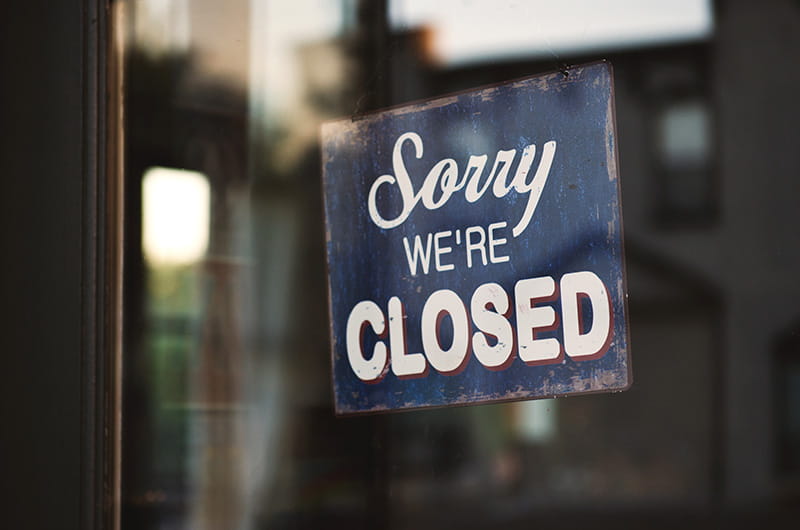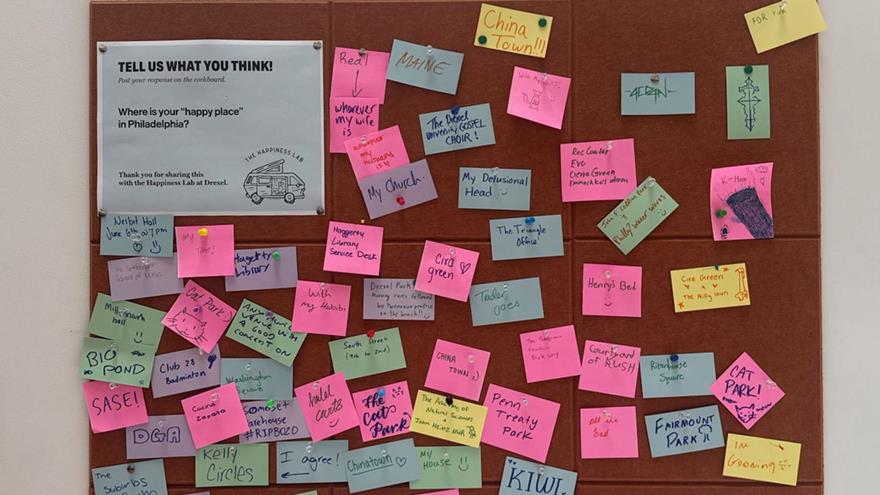Bolstering Commercial Corridors Is a Vital Part of Rebounding From COVID-19

The following essay was originally published in The Philadelphia Inquirer in collaboration with Drexel University’s Lindy Institute for Urban Innovation as part of Rebuilding Philly, a series of commentary articles written by Drexel faculty and professional staff related to the COVID-19 pandemic and racial and economic equity gaps in Philadelphia. It was written by Richardson Dilworth, PhD, who is a professor of politics and head of the Department of Politics in Drexel University's College of Arts and Sciences.
The 279 commercial corridors in Philadelphia — from the Franklin Mills Mall, to sections of Center City, to the small strip mall at 48th and Brown in Mill Creek — collectively form a crucial component of the city’s civic and commercial life.
At their best they provide opportunities for new business formation, employment, and the kind of socializing among diverse strangers made famous by the urbanist Jane Jacobs. And in recent years, there have been hopeful signs that some small, neighborhood businesses, such as barber shops and independent bookstores, were rebounding from the “retail apocalypse” brought about by big box stores and the Internet.
And then came COVID-19, which the Economy League of Greater Philadelphia suggested may be the “real retail apocalypse,” or at least an acceleration of prior and troubling trends. The looting following the murder of George Floyd, just as many retailers were about to reopen, didn’t help much either, even if the anger that triggered the looting was entirely justified.
As the Economy League also explained, nearly half of the businesses that comprise the “retail and wholesale industry” in the Philadelphia region are small, with fewer than five employees, and thus face the greatest chance of permanently closing. And researchers at Pew’s Philadelphia Research Initiative have found that the city’s small and medium-sized businesses were most at risk of closing, as they scored below average among comparison cities on the timeliness of paying their bills.
As small retailers close, the commercial corridors they occupy face the prospect of a downward spiral, where closures reduce street traffic, leading to more store closures that further reduce traffic, and so on, until the corridor becomes a graveyard of vacant storefronts with the potential to attract criminal activity. A failed retail corridor can reduce the value and prospects of a residential community. And the impact is most likely to be greater in poorer communities, where even the chains operate at slimmer profit margins.
Bruce Katz, director of Drexel’s Nowak Metro Finance Lab, and his colleagues have cataloged the various government relief programs that quickly became available to small businesses. They have proposed creating “main street regenerators” to coordinate between neighborhood commercial corridors, small businesses, and government programs. Of course, there are already such coordinating mechanisms within neighborhood corridors, typically consisting of some unique combination of three types of organizations: Business associations (voluntary associations of dues-paying merchants), community development corporations (nonprofits that typically provide housing or social services but which are sometimes involved in corridor management), and business improvement districts (corridor management organizations funded through mandatory property assessments in districts designated by city ordinances).
Not surprisingly, the ability of a neighborhood like Chestnut Hill to capture and retain local resources such as tax capacity through business improvement district assessments provides it an advantage over places like Broad-Germantown-Erie, exacerbating existing inequalities across neighborhoods. And given the relatively massive racial segregation that defines Philadelphia neighborhoods, spatialized economic inequality is typically also racial inequality. One result, for instance, is that, during the first months of the pandemic lockdown, the number of Black business owners in the city fell by 68%, while the number of white business owners fell by only 44%.
This suggests that commercial corridors need to not only coordinate internally among their various groups, but they also need to think about coordinating across corridors, to create greater localized governance capacity citywide that would forge new opportunities — such as opportunities for small businesses to open additional locations — that might help all corridors collectively. And in doing so, corridor governance institutions might reinvent city government and help to rejuvenate urban democracy overall.
In This Article
Drexel News is produced by
University Marketing and Communications.
